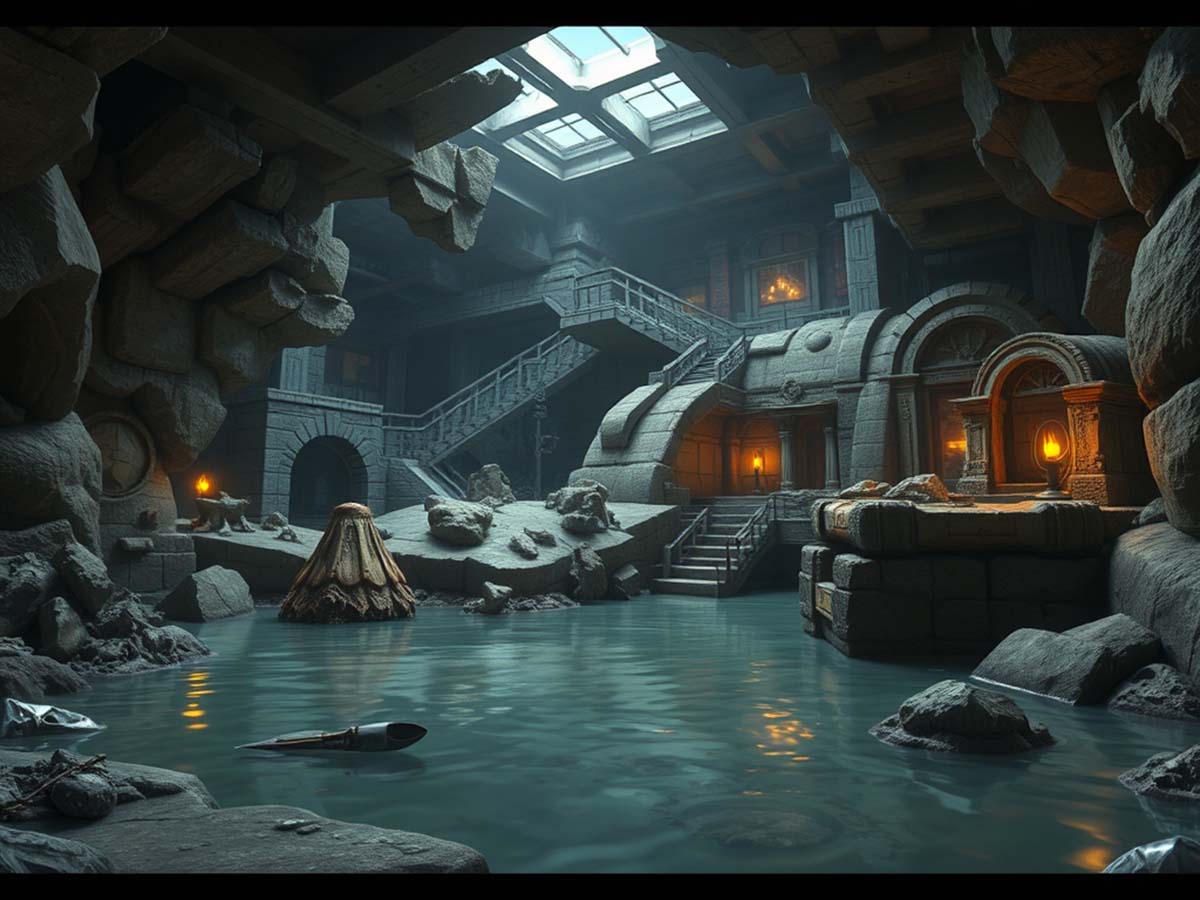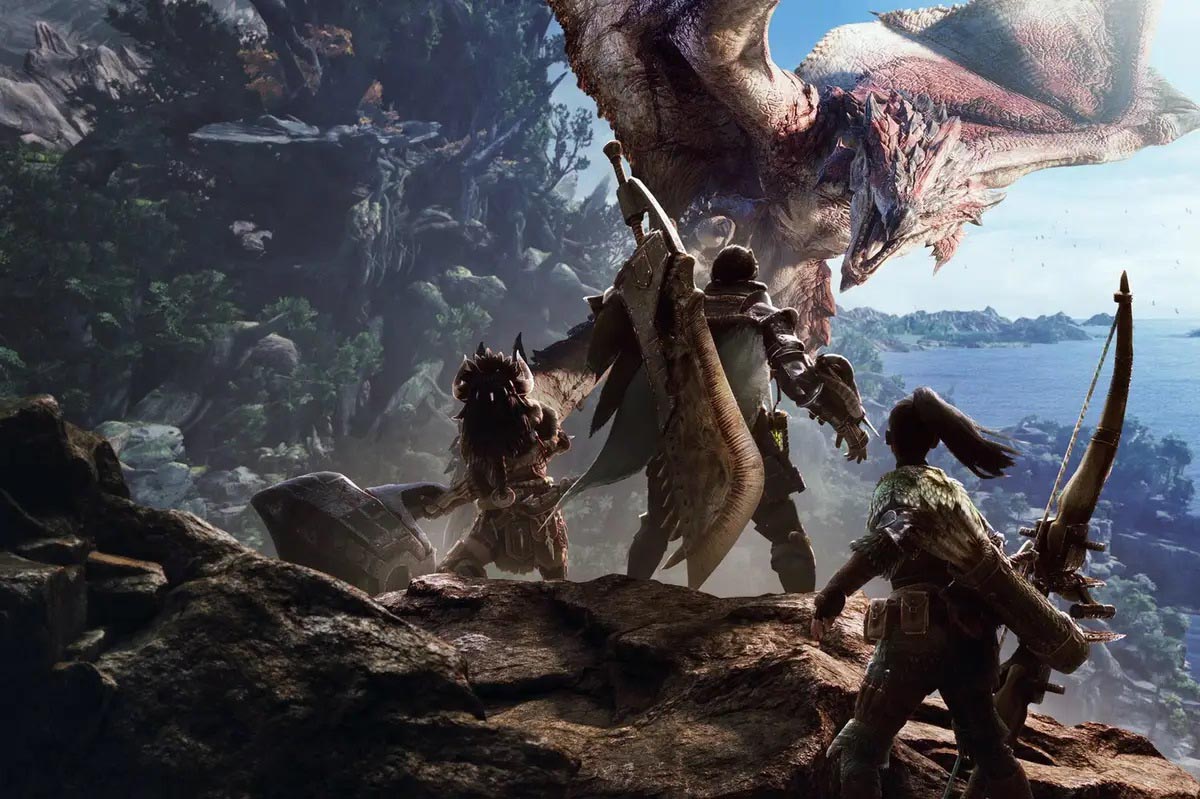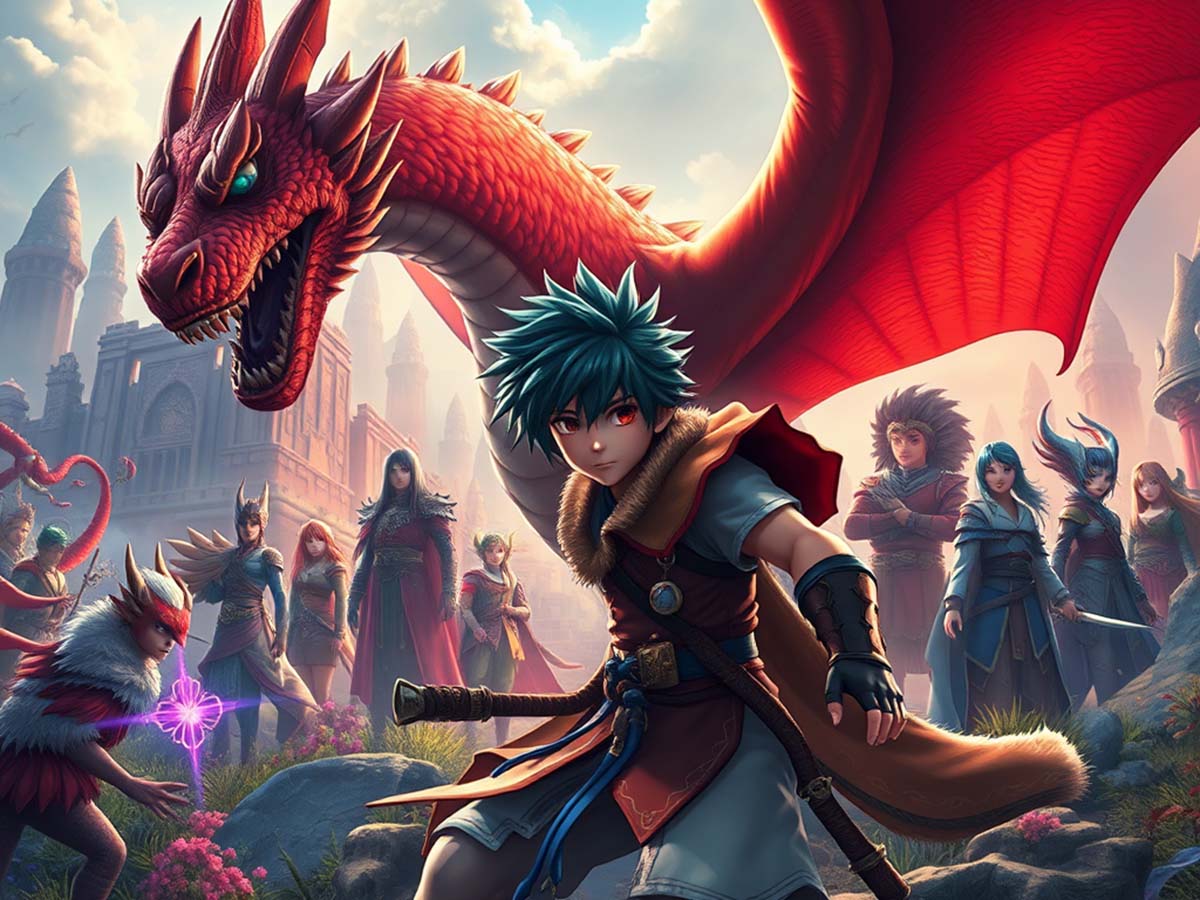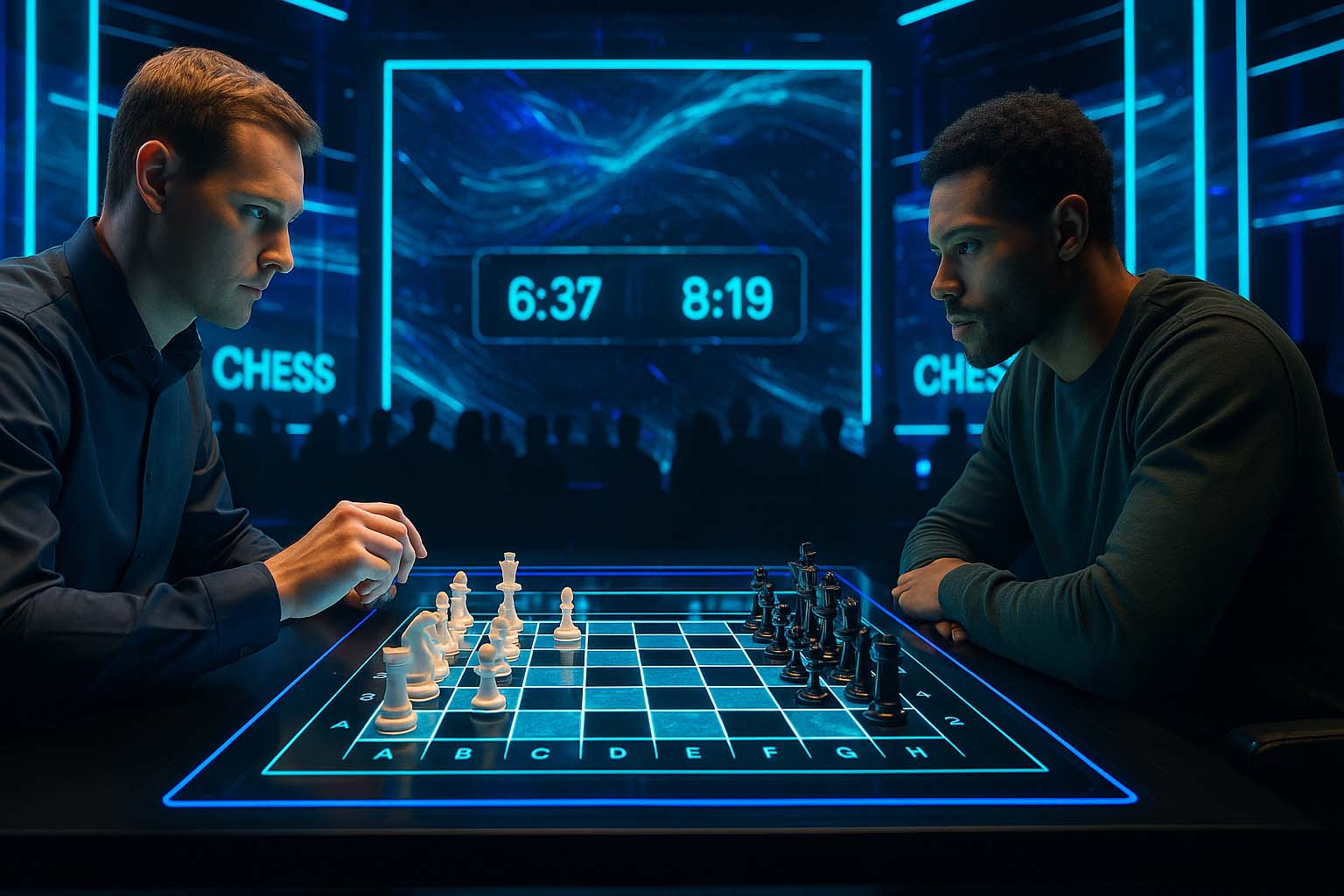Understanding the Dynamic Worlds of Capcom RPGs
The appeal of Capcom’s RPGs goes beyond flashy battles or impressive graphics. For many players, the experience lies in how these games build their worlds. Each town, forest, ruin, and tribe feels alive, rooted in logic and culture. These aren’t just backdrops—they’re places that hold meaning.
Fans often return to titles like Breath of Fire, Dragon’s Dogma, and Monster Hunter Stories not just for gameplay but for the emotional pull of their settings. They step into lands shaped by myth, memory, and struggle. Let’s take a deeper look at how Capcom creates that connection.
How Settings Shape the Experience
Every RPG relies on its world to draw the player in. Capcom takes this further by ensuring each location feels distinct. The shape of a mountain, the layout of a city, or the language of a tribe isn’t random. These are the result of close research, visual storytelling, and game mechanics working together.
For instance, many cities in Breath of Fire are designed based on ancient texts or historical references. The result is a sense of realism—structures that make sense even in a fictional world.
Players notice. They linger. They wonder about the people who lived in that place long before their character arrived.
What Makes a Capcom RPG Environment Special
Capcom builds every setting with a framework in mind. They focus on three key elements: time, culture, and nature. These environments often reflect layers of history. A cave might show signs of an old war. A statue may represent a god whose name has been forgotten.
These visual details work like clues. The player uncovers the past not through cutscenes, but by moving through the world.
Take Monster Hunter Stories as an example. Its world includes sacred rituals around monster eggs. The designs on the eggs aren’t just decorative—they suggest ancestral knowledge passed down for generations. Players can feel the care in every detail.
Landscapes in Breath of Fire
Among Capcom’s earlier RPGs, Breath of Fire stands out for its blend of fantasy and grounded storytelling. The game includes wide plains, underwater cities, and volcanic regions. Each one reacts to the climate and story arc.
Designers studied real ecosystems to build each area. One developer looked into how Roman aqueducts carried water through cities. That idea helped shape one of the game’s most iconic towns.
Rather than build flashy locations, Capcom created places that feel lived-in. You sense that people work, sleep, and survive in those places—even when you’re not around.
The Rich Cultures in Monster Hunter Stories
This series focuses on how people interact with creatures, not just fight them. Tribes in the game treat monsters with respect, following rituals for hatching and raising them.
One tribe may use carved symbols to tell history. Another might host events that honor the bond between rider and beast. These customs build an emotional layer. The world becomes more than a map—it becomes a home.
Players notice how these practices affect the world. In some zones, wildlife roams freely. In others, monsters react based on your actions or what you wear. These choices give depth to both story and strategy.
In Monster Hunter Stories, players don’t just fight monsters—they forge connections. The tribes’ rituals surrounding monsters’ care and growth allow players to feel like they are truly part of the ecosystem. It’s a world that values life, balance, and respect.
Evolving Environments in Dragon’s Dogma
Here, Capcom took a modern direction. The game world reacts to time and weather. If it rains, fire-based gear weakens. If it’s dark, certain monsters grow more aggressive.
The setting isn’t static. Trees sway naturally. Light shifts as clouds pass. You don’t just travel—you survive. Players must plan, prepare, and adapt.
One impressive feature is the behavior of non-playable characters. They sleep, eat, and speak based on schedules. This detail makes villages feel like communities, not just quest hubs. People aren’t simply present; they live in a world with rhythm and flow, just as players do.
Layers of Story in Mega Man Legends
Though often seen as an action-adventure game, Mega Man Legends contains many RPG elements. Players explore underground areas known as “Dig Sites.” Each one has artifacts, ruins, and signs of lost civilizations.
One memorable site features a ruined city partially submerged in brown water. The mix of futuristic tech and broken bridges suggests a fall from greatness. These contrasts help tell a deeper story—one that the player uncovers bit by bit.
Through Mega Man Legends, players learn not just about technology but about history itself. The game tells a story of rise and fall, showing how even the most advanced civilizations are susceptible to time’s passing. The ruins scattered throughout the world help convey that powerful message.
Common Elements in Capcom RPG Worlds
<ul> <li><strong>Historical depth:</strong> Many games feature ancient gods, magical traditions, or forgotten empires.</li> <li><strong>Nature and balance:</strong> Humans often share space with animals, spirits, or other forces.</li> <li><strong>Social dynamics:</strong> Kingdoms, corporations, or clans influence how people live and interact.</li> <li><strong>Old versus new:</strong> Magic and machinery often exist side by side, creating tension or harmony.</li> </ul>
Cultural Design Beyond Japan
While Capcom is a Japanese company, its RPGs often pull ideas from across the globe. A city may feature Gothic windows like those in old European cathedrals. A character’s outfit might resemble something worn in Middle Eastern ceremonies. You might find music that echoes Andean flutes or African drums.
This global influence makes each setting feel larger. Players can’t guess what comes next based only on one style or tradition.
NPCs often speak in invented languages, but with tones and rhythms borrowed from real ones. These touches add authenticity. This blend of influences creates immersive environments that feel like they belong to a much broader world.
By integrating various cultural motifs, Capcom ensures that each environment is distinct and grounded in history. This attention to detail brings each game to life in a way that feels familiar yet unique.
How Stories Extend Beyond the Game
Capcom doesn’t limit its storytelling to the screen. It adds manga, novels, and animations to continue the tale. For Monster Hunter Stories, the manga adds background to the world and side characters. In Dragon’s Dogma, an animated series explores a powerful monster’s origin.
These extra layers strengthen player attachment. When someone returns to the game, they remember what they learned elsewhere. The world feels wider.
The Mega Man Legends series also contributed to this expanded universe through its comics, giving players even more context about the protagonist’s journey. These additional stories deepen player involvement and satisfaction, enriching the core narrative with fresh perspectives.
Looking Forward
Game environments are becoming more complex. In future Capcom RPGs, players might see seasons change or towns grow over time. Data from real ecosystems could help shape how plants bloom or rivers flood.
Characters might react differently depending on your choices. Dialogue could shift based on trust, rivalry, or time spent together. This creates stronger bonds and makes each experience personal.
Virtual reality may also expand how we engage with game settings. A forest won’t just look big—it will feel that way. Standing on a mountain might actually feel cold or windy through sensory gear.
Capcom’s future RPG environments may take advantage of these technologies, making the world feel not just visually rich but physically immersive. Virtual reality could provide a more sensory experience, making players feel fully integrated into the world around them.
Final Reflection on Capcom’s Craftsmanship
The care that Capcom puts into every world shows their respect for the player’s imagination. These aren’t random maps. They are carefully planned spaces with meaning, emotion, and weight.
Each forest trail, each ancient ruin, and each quiet town is part of something greater. They help players feel like they belong—not just to the story, but to the world itself.
Capcom’s attention to detail in world-building is unparalleled. As their RPGs continue to evolve, the worlds they create will undoubtedly continue to resonate with players long after the credits roll. It’s this dedication to creating spaces that feel both magical and real that keeps fans coming back for more.



